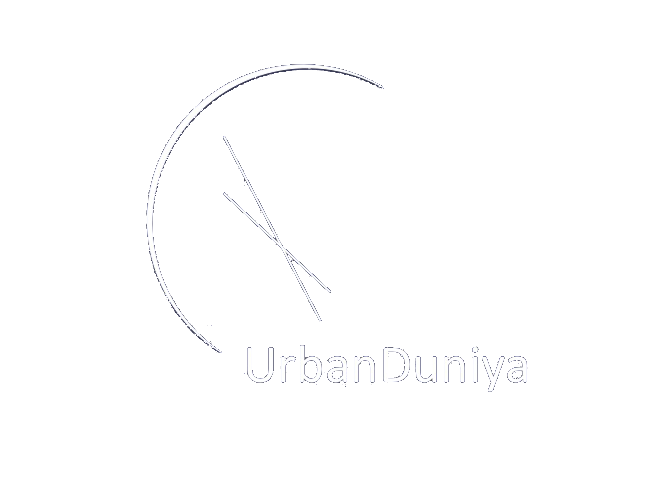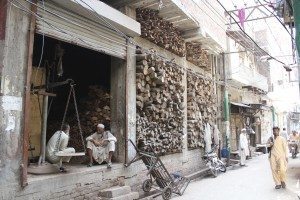
Get lost in the Walled City of Lahore
Lahore and Central Punjab
Central Punjab is a heavily populated, pancake-flat land of rice paddies, corn fields and urban conglomerations. Lahore, the state capital and Pakistan’s second largest city, is the nation’s cultural, artistic, educational and culinary hub – simply put, it’s the place to be! It’s no wonder the locals say “Lahore Lahore aye” – “Lahore is Lahore”, and there’s nothing quite like it.
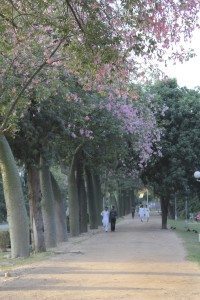
Jinnah Gardens, Lahore
Wagah, just 30 kilometres from Lahore, is a highlight – you’ll never forget the pomp and ceremony of the India – Pakistan border closing ceremony. The people of this region of Punjab are also known for their fun-loving and worldly outlook, tempered with time-honoured tradition.
Sometimes it seems as if you’re never truly rid of the big city when travelling in this part of Pakistan, and that’s because you’re not – large towns, as well as small and large cities are dotted all around the place, and sprawling Lahore threatens to swallow some of them whole in the coming decades.
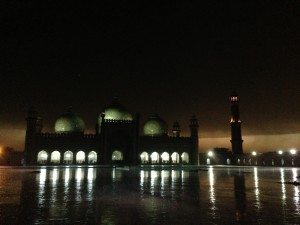
Badshahi Mosque, Lahore
Lahore
Pakistan’s second largest city and the state capital of Punjab is also it’s most friendly. Lahore is the cultural hub of Pakistan but is Punjabi to the core; a fun-loving place of music, drama and gastronomic delights. While the roads around the sprawling University of Punjab are leafy boulevards, the frenetic lanes and microstreets of the Walled City are the polar opposite. It’s equal parts fun and frenzy, squalor and splendour, refined tradition and exciting exuberance. City streets throb at weekends with young guys on their bikes, heading to the cinema before coffee at 2am – if it’s not happening in Lahore, it’s probably not happening in Pakistan! No wonder the locals say “Jine Lahore jai wekhya, o jamya hi nai” – “whoever hasn’t seen Lahore hasn’t been born yet”. And of course it’s one of our focus cities on UrbanDuniya!
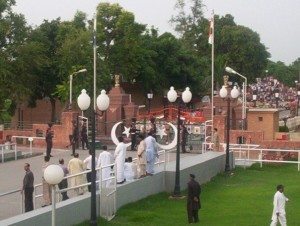
Wagah border between India and Pakistan
Wagah
Wagah is the name of the village which, in 1947, became the only major road crossing between a newly demarcated India and Pakistan. People come here for one or both of two reasons; either to cross the border, or to witness the outlandish border closing ceremony which takes place nightly.
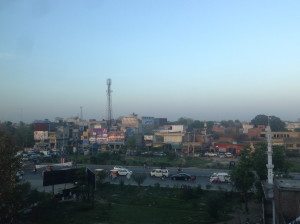
The Grand Trunk Road at Gujranwala
The Grand Trunk Road
Leaving Lahore towards the north or west, you can either take the marvellous motorway, or you can opt for the more direct, but slower Grand Trunk Road (known as G.T. Road). The Grand Trunk Road dates back to early times, but was significantly rebuilt by Sher Shah Suri in the 16th century, and consolidated by the British as a method of linking the colonial Indian capital of Calcutta to Kabul in Afghanistan. Don’t expect too much nostalgia if you take this route – while the route still exists in its entirety, it is now a four-lane highway.
Whether you choose the motorway or G.T. Road, you’ll probably leave Lahore on the motorway anyway as a method to cross the Ravi River (and to avoid the clogged streets of the Walled City). About 5 kilometres west of the river crossing, the motorway forks, with one spur joining G.T. Road, and the other continuing on towards Islamabad.
The motorway is fairly uninteresting until it nears Islamabad, but G. T. Road offers a couple of points of interest in Central Punjab. From Lahore, the first major centres you’ll cross are Muridke and Kamoke, followed by Gujranwala, and then Gujrat.
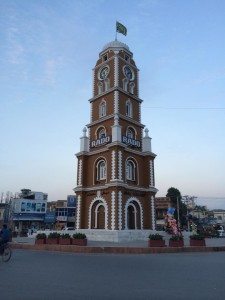
Sialkot’s Clock Tower (Image courtesy Rana Waqas)
Gujranwala forms part of what is sometimes called Pakistan’s “business triangle”, with the enterprising cities of Gujrat and Sialkot (off G.T. Road) making up the other two points. None are major tourist destinations in their own right, but their strong trade links draw in a number of business travellers each year (enough for Sialkot to have its own international airport, for example). Additionally, their distance from Lahore make Gujranwala and Gujrat convenient stops on the road from Lahore to Islamabad.
Faisalabad
Ask a Pakistani what Faisalabad means to them and they’ll probably talk about the city’s mighty textile industry (“The Manchester of the East” as it’s called). Dig a bit deeper and they might know that it it was named after King Faisal of Saudi Arabia in 1977. Some might also know that it was called Lyallpur when it was first built by the British back in 1892. Trivia buffs might tell you that the streets of the city’s main bazaar are laid-out in the design of the Union Jack (it’s true – check this out on Google!).
While undoubtedly fascinating, none of these make particularly great reasons to visit Faisalabad for purely tourism purposes. If you do come here however (maybe for work, or if you just have to walk around the Union Jack street grid), there are a couple of other things to distract you while you’re figuring out where that fat red stripe down the centre of the flag would be.
Before travelling to Pakistan, it is essential that you make yourself aware of current events, preferably from as many sources as possible. For safety advice, it is recommended that you read the Australian Government’s Smart Traveller Travel Advisory for Pakistan, the British Foreign Office’s Pakistan Travel Advice, or your government’s relevant department.
